
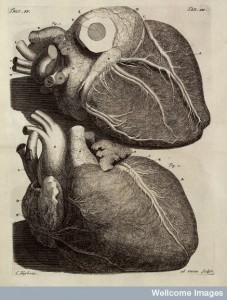
Credit: Wellcome Library, London. Wellcome Images
Panaceas, remedies thought to cure numerous diseases, often included problems of the heart in their lists of virtues. The Elixir Magnum Vitae: Or, The Great Elixir of Life advertised in the latter 1600s was one such nostrum.2 The author of this advert claimed that the remedy aided all aspects of bodily disorder; helping digestion, reviving drooping spirits, recovering lost sense of smell and taste and curing stuffing of the head.3 They also claimed that it ‘removes all pains from the Heart’.4 This rather vague description doesn’t provide a clear answer to exactly what problems of the heart it would help, which was likely the point, why narrow down or specify the troubles it cured when you want the maximum number of people possible to buy the remedy. Similarly later in the advert the author noted that the elixir ‘immediately quiets the Spirits, and cheers and comforts them; and at the same time strengthens the Heart, and drives out the original cause [of disease] by Sweating and by Stool’.5 This remedy, sold for 2s 6d, thus promised to corroborate and strengthen one of the bodies principal organs (the principal organs were the heart, liver, brain and testicles) and so help prevent disease or restore health.

Credit: Lauren Holden. Wellcome Images
images@wellcome.ac.uk
Medical texts were rather more specific discussing and offering remedies for particular heart problems. Philip Barrough’s medical treatise The Methode of Physicke (1583) described the panting of the heart, or palpitations. He explained that this was a corrupt motion of the heart caused by all things that troubled and affected the heart.6 The cure of this particular problem varied depending on what its cause was; If it was caused by heat and fever the patient had to take roses, violets, water lilies, coral and camphor to cool the heart and strengthen it, alternatively if it was caused by cold the patient had to take amber, musk, saffron, cloves and mace.7 The recipe book of Elizabeth Bulkeley also provided a suggestion for ‘tremblinge of the harte’, in which the patient took half a pint of red rose water, a quarter of a pint of red rose vinegar, a few yellow or white saunders boiled together between two dishes. This mixture was then applied every morning to the hart lukewarm.8
Today when we think of heartache it is very often from grief or from romantic troubles. But for early modern medical practitioners this was also a physical condition. A New Idea of the Practice of Physic wrtten by Frans de le Boë claimed that,
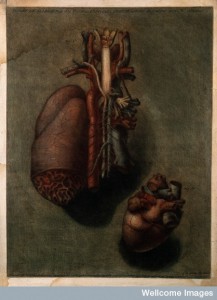
Credit: Wellcome Library, London.
‘The Heart-ake so oft very grievous, is chiefly Cur’d by Opiats; which may be added to divers Medicins according to the diversity of the other Symptoms also concurring; because they mitigate and asswage both kinds of Sharpness, whence that Pain of the Ventricle arises. But they must be taken oft and in a little quantity, until the diminishing, or curing of the Pain, being the benefit sought for, be obtaind’.9
Then, as now, heart burn could be an uncomfortable problem. The Country Physician; containing several easie and useful remedies (1701) offered a remedy to ease this discomfort. The author suggested that For the Heart Burning the patient should ‘Make a Syrupe of the Juice of Houseleeck & Sugar and give about a Spoonful of it from time to time’.10 An anonymous manuscript collection from the seventeenth century also offered a remedy for this particular problem, ‘Boyle milk & stir it till it be cold, never Letting it have a scim on it and so drink now & then of it, and to eat a little bit of chalk is good for ye same’.11
Happy Valentine’s day everyone, I hope your hearts are strong and joyous; but if not perhaps a glass of hot milk and some roses with help cheer and corroborate this most vital of bodily organs.
______________________________________
1. Ambrose Paré, The workes of that famous chirurgion Ambrose Parey translated out of Latin and compared with the French … (London, 1665), p. 100.
2. Anonymous, Elixir magnum vitae: or, the great elixir of life, being the most admirable cordial-drink, and its singular virtues, never before made publick; is now exposed to sale, as the most excellent preservative of humane bodies, for the general good of all persons (London, 1670-1680).
3. Ibid, pp.2-3.
4. Ibid, p.3.
5. Ibid. p.6.
6. Philip Barrough, The Methode of Physicke … (London, 1583), p. 73.
7. Ibid, p. 73.
8. Wellcome Library, London, MS.169/33.
9. Frans de Le Boë, A New Idea of the Practice of Physic … (London, 1675), p. 275.
10. The Country Physician; containing several easie and useful remedies, some whereof were never made publick before … (Edinburgh, 1701).
11. Wellcome Library London, MS.7721/140.
© Copyright Jennifer Evans all rights reserved.
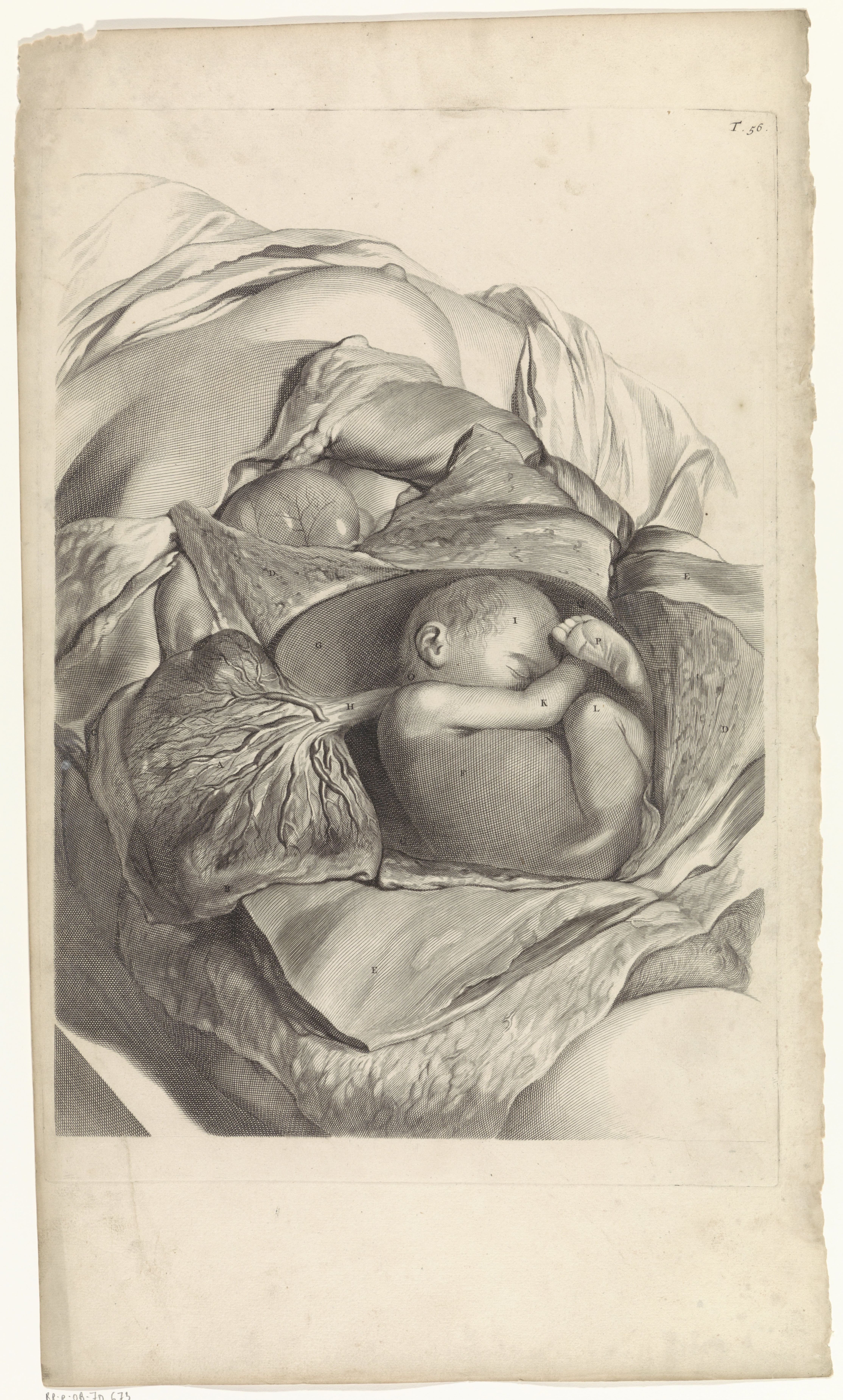

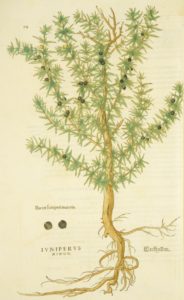
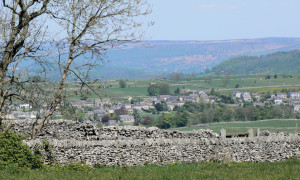
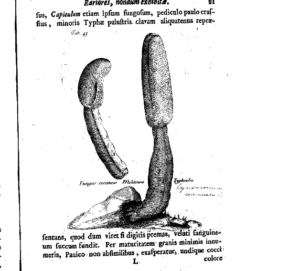
Lovesickness might have been an even more apposite topic. Noxt year, perhaps.
Yes it may well have been but I also thought it would be the most obvious and expected. So I thought I would save it for another year.